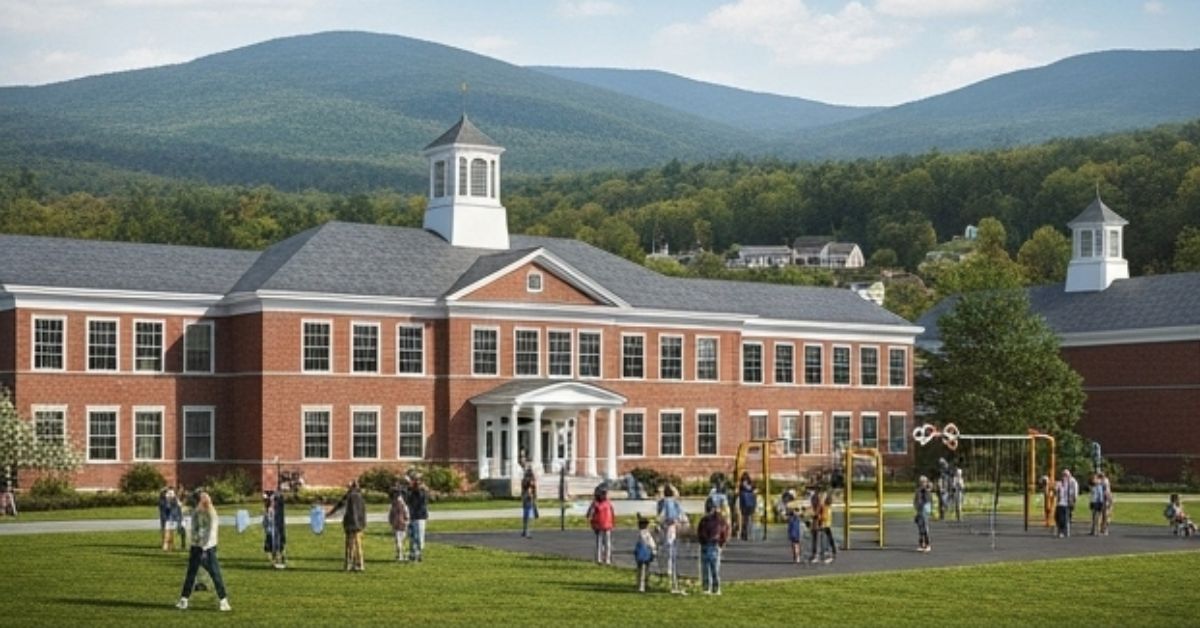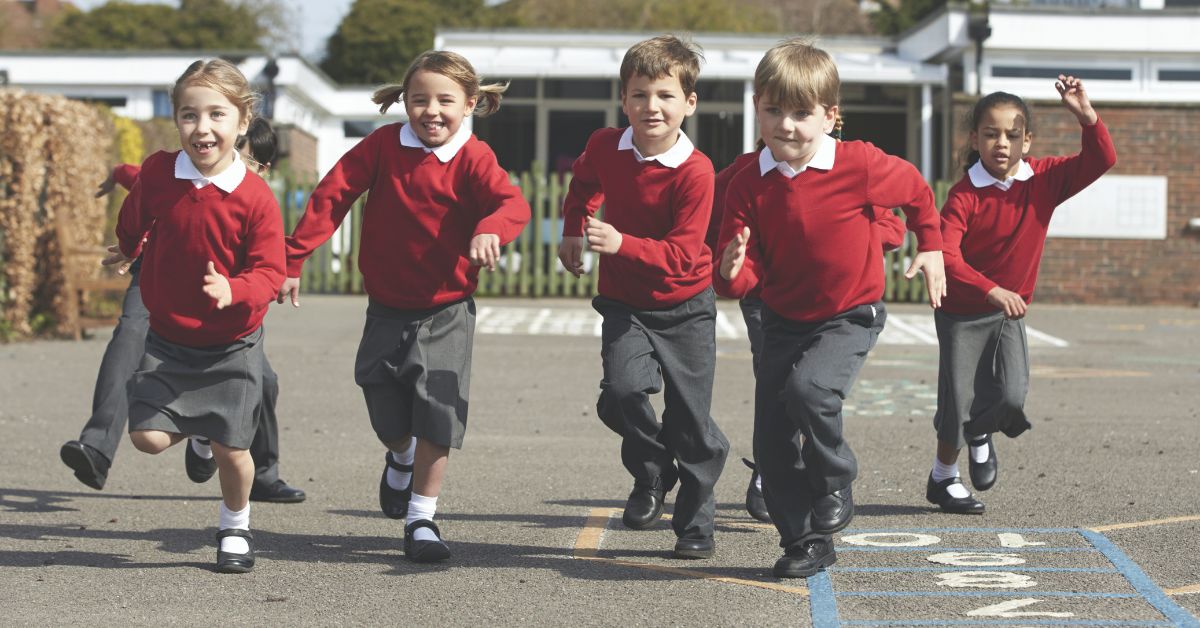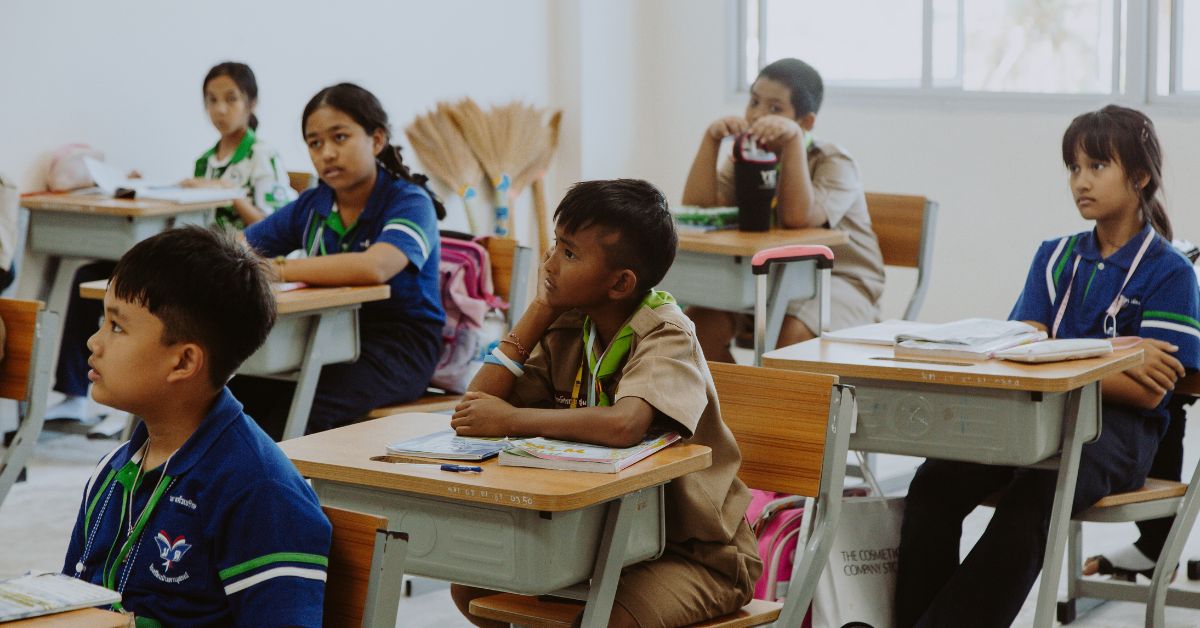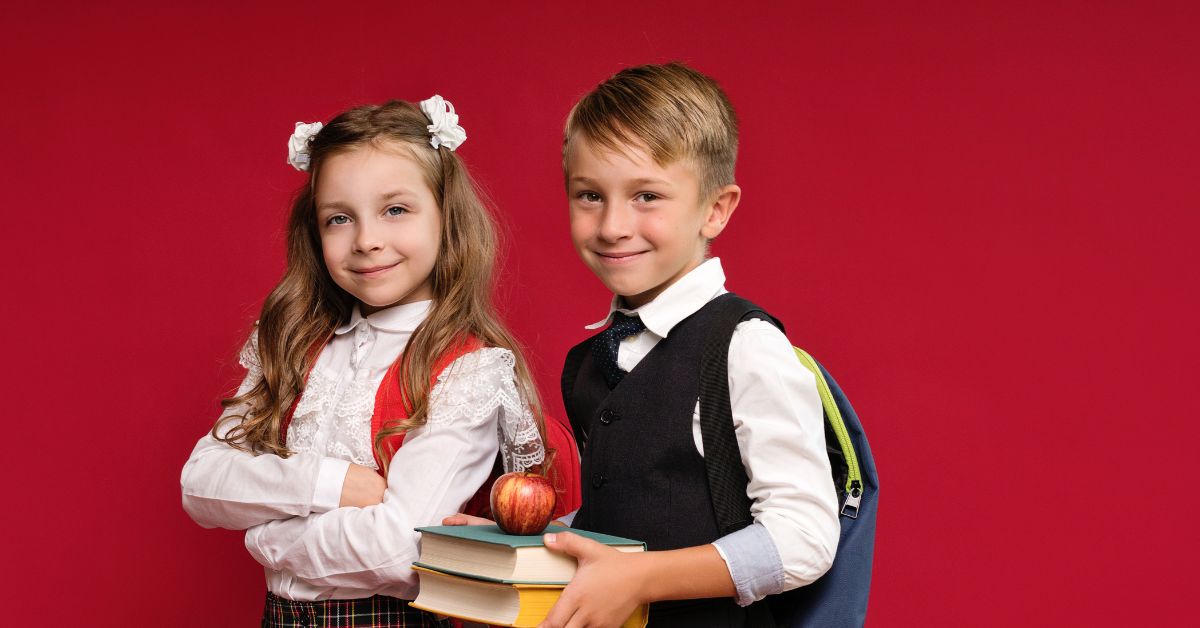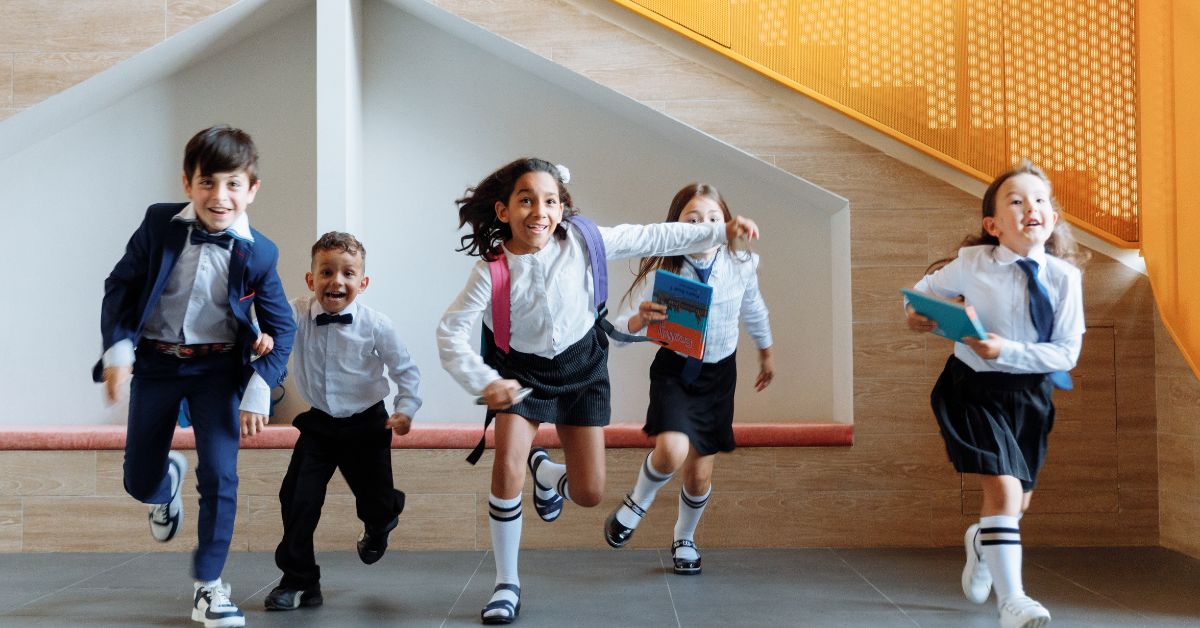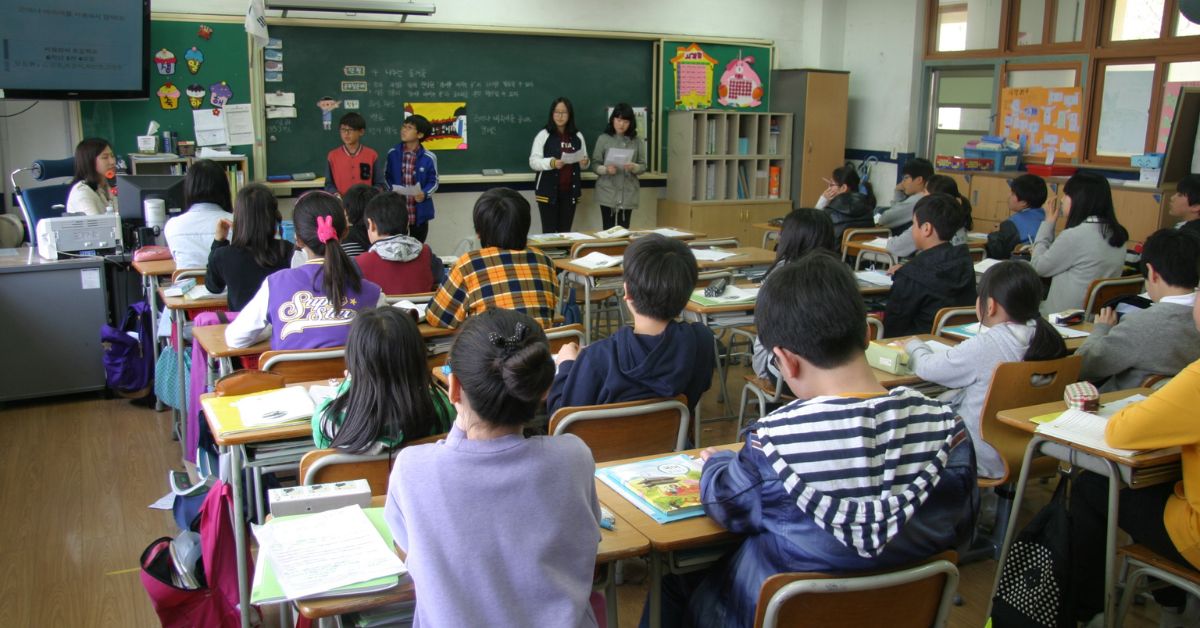Across Vermont, educators, families, and communities are reimagining what school can be. In the face of climate change, rising inequality, and a fast-changing world, it’s clear: the old way of doing school isn’t enough. Vermont’s education leaders aren’t just making tweaks—they’re asking bold, future-facing questions. And these questions could shape not only Vermont’s classrooms but the future of learning itself.
Here are five big questions Vermont schools are asking—and why they matter now more than ever.
1. How Can We Prepare Students for a Future We Can’t Predict?
The jobs of tomorrow haven’t been invented yet. Climate, technology, and society are changing rapidly. So, Vermont educators are asking: how do we help students succeed in a world of constant change?
Instead of focusing only on memorization or test scores, many Vermont schools are teaching skills like:
- Problem-solving
- Adaptability
- Collaboration
- Creative thinking
- Empathy and emotional intelligence
These “human skills” aren’t tied to one job or one industry—they help students thrive no matter what the future holds.
Example: One high school partnered with local businesses to create real-world design challenges. Students had to solve actual problems—like reducing food waste or making outdoor gear more sustainable. It was messy, exciting, and unpredictable—just like life.
2. How Do We Make Learning More Meaningful for Students?
In many schools, students still ask, “Why do I need to know this?”
That question is a red flag. It means the learning isn’t connecting to students’ lives, interests, or goals. Vermont educators are working to make school feel relevant and personal.
This often means:
- Letting students co-create projects
- Connecting learning to local issues
- Offering internships or service opportunities
- Using personal learning plans (PLPs)
When students feel a sense of purpose, they become more motivated and engaged.
Example: In one Vermont district, middle schoolers chose to tackle local flooding issues. They studied watersheds, interviewed town planners, and even presented solutions at a city meeting. That’s learning with impact.
3. How Do We Make Schools Places of Joy, Belonging, and Wellness?
Burnout, anxiety, and disconnection are rising—for students and teachers. Vermont educators are asking: What if school made us feel good again?
That means shifting focus from just academics to the whole child and the whole educator. It includes:
- Mental health support
- More outdoor and nature-based learning
- Restorative justice practices
- Movement and mindfulness
- Stronger relationships between students and staff
In short: schools are reimagining themselves as caring, joyful communities—not just academic factories.
Example: A rural Vermont elementary school added “Wellness Fridays” with yoga, art therapy, hiking, and emotional check-ins. Discipline issues dropped—and attendance improved.
4. What Does Equity Really Look Like in Our Schools?
Vermont has long valued community and fairness—but equity remains a huge question. Not every student gets the same resources, opportunities, or support. So the big question is: How can we make our schools truly fair and inclusive?
This question pushes educators to look at:
- Racial and economic disparities
- Access to advanced coursework
- Technology and internet gaps
- Support for students with disabilities
- Who gets to be heard—and who doesn’t
Equity isn’t just a buzzword in Vermont. It’s a call to action.
Example: One district launched an Equity Action Team that includes parents, students, and teachers. They review policies, hiring practices, and classroom materials to ensure every child sees themselves reflected and valued.
5. How Can Schools Lead in Building a Sustainable Future?
Climate change is already impacting Vermont’s farms, forests, and weather patterns. So schools are asking: How can we help students become stewards of the planet?
This means going beyond science class and building sustainability into:
- School lunches (local, low-waste)
- Building design (solar panels, gardens)
- Curriculum (climate justice, systems thinking)
- Transportation (bike and walk programs)
Schools aren’t just teaching sustainability—they’re modeling it.
Example: A Vermont high school built a net-zero energy greenhouse. Students grow food for the cafeteria, track energy usage, and learn how to design eco-friendly spaces. They’re literally growing the future.
Why These Questions Matter
These aren’t just Vermont’s questions. These are questions for every school and community that cares about the future.
As Vermont explores these big ideas, it’s becoming a living laboratory for what education can look like when we stop clinging to outdated systems and start imagining something better.
This isn’t about having all the answers. It’s about being brave enough to ask the right questions—and letting students help shape the answers.
Asking Bold Questions Is the First Step Toward Real Change
Vermont educators aren’t pretending the future will be easy. They know today’s students will face big, messy challenges. But they also believe students can rise to meet them—if we give them the right learning environments now.
By asking bold questions, Vermont is showing the rest of the country what’s possible when we lead with courage, curiosity, and care.

